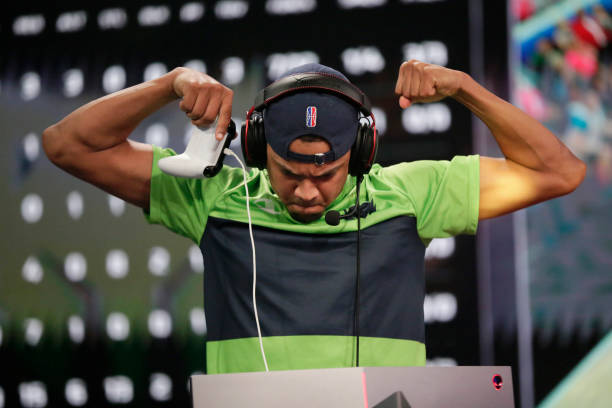When talking about ways to make money, most people don’t think of esports. However, what many once saw as just a hobby is now paving the way for players to become millionaires and even earn college educations. In 2009, South Korea’s Lee “Jaedong” Jae-dong was the highest-paid esports player, making a little over $86,000. However, there’s been massive growth in how much players can earn. This year, Kyle “Bugha” Giersdorf made $3 million from playing Fortnite.
By 2025, the video game industry is expected to be worth $300 billion, as reported by GlobalData. So, it’s no surprise that esports has developed an ecosystem of its own. According to CNBC, the global esports market itself is expected to exceed $1.6 billion by 2021. With the market growing, founders like Detroit-native Delane Parnell are looking for ways to start tapping into and supporting talent at a young age.
Video games are incredibly popular with teenagers in the United States. According to the Pew Research Center, 84 percent of teens say that they have a gaming console at home or access to one. In addition, a Pew survey of teens ages 13 to 17 found that 90 percent said they play video games on a computer, game console, or cellphone.
With that many teens playing, there’s a lot of young players looking to get into esports who may not currently have an avenue to do so. Parnell founded PlayVS (pronounced “play versus”) with the hopes of becoming the dominant platform for amateur esports. The company describes itself as the “official high school esports league.” It’s an idea that has clearly appealed to investors. Last year, PlayVS raised $46 million, according to TechCrunch — and that was only the company’s first year operating.
One of the major benefits of PlayVS is that it can also help teenagers gain college scholarships. You read that right. According to the company’s website, 200 colleges and universities offer esports scholarships and are actively recruiting players to join their teams.
PlayVS originally began as a “creative and productive after-school outlet for kids,” Parnell told Science. Since then, the mission has expanded:
“We realized that esports could be more accessible, affordable and inclusive than traditional sports and still encourage the same values like teamwork and critical thinking skills. We realized there was an opportunity to fill unclaimed college scholarships and create a path for careers in esports, and that’s what we hope PlayVS can do.”
Of course, there are some drawbacks to esports. As noted by Fast Company, the PlayVS platform requires equipment specs that include strong Wi-Fi, CPU power, and PCs with high-quality graphic cards. Not every school that has kids interested in PlayVS is able to participate.
In the U.S., non-white school districts get $23 billion less in funding than white ones. So, the prohibitive cost of equipment to participate in PlayVS or other programs may be impacting Black and brown students more than anyone else. Given the gaming industry’s infamous lack of diversity, that pattern replicating itself is concerning and something that will hopefully be solved in the future. Parnell says a goal is to get game publishers to help cover the cost of participating in esports so that it’s accessible to everyone.
If the barriers to entry for gaming and esports are knocked down, it could open up a whole new world of possibilities for kids who don’t make sports teams or are physically unable to play, giving them a chance to be just as successful and take advantage of the benefits any other athlete receives.

